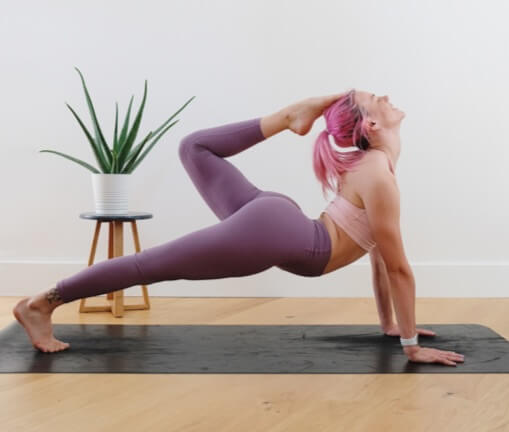There are many different reasons to work out. Maybe you want to get ready for bathing suit season or train for a marathon. However, the most important goal is taking care of your overall health, so you can increase your chances of leading a long and active life.
At the same time, your options can seem overwhelming. Many gyms are full of fancy equipment and offer a wide variety of group classes. Even if you work out at home, you may be wondering what gear to buy and which activities to do.
Make the most of the time and energy you put into working out. Learn how to design workouts focused on your health and wellbeing.
Establishing Your Personal Priorities
Of course, taking care of your health covers a wide range of concerns. Consider your individual needs and talk with your doctor to identify what’s most relevant for you.
Consider these ideas:
- Manage chronic conditions. Lifestyle choices play a big role in many medical conditions such as diabetes and heart disease. Staying active can relieve some symptoms and may even help you avoid needing medication or surgery.
- Slim down. Losing just 5 to 10 percent of your body weight can lower your blood pressure and help control your blood sugar. Burn calories by going to the gym and moving around more throughout the day.
- Increase energy. Are you too tired to ride your bike? Physical activity fights fatigue by making your heart and lungs work more efficiently.
- Prevent injuries. More than 95 percent of hip fractures are caused by falling, according to the Centers for Disease Control. Working on your balance could keep you out of the emergency room.
- Live longer. Do you want to spend more time with your family and enjoying activities you love? A Harvard University study found that just 15 minutes of physical activity each day can add 3 years to your life span.
- Protect your brain. Physical activity affects your mental health too. The benefits include reducing anxiety, depression, and some forms of dementia.
Designing Your Workout
Regardless of your age or physical abilities, there are activities that can be safe and fun for just about anybody.
Try these tips for developing a well-rounded fitness program:
- Condition your heart. Current guidelines recommend at least two and a half hours of medium activity or an hour and fifteen minutes of strenuous activity each week. If running is too high impact, try swimming or use a rowing machine.
- Build strength. Aim for 2 to 3 days of resistance training each week, so your body will have time to recover between sessions. Lift weights or do body weight exercises like push-ups and squats.
- Increase flexibility. Stretching relieves stiffness and soreness, enhances your posture, and increases your range of motion. Spend at least 10 minutes doing static stretches after each workout when your body is already warmed up.
- Achieve balance. In addition to preventing falls, improving your balance helps you to relax and think more clearly. Try standing on one foot while you brew coffee or talk on the phone.
- Think big. Do you struggle to fit your workouts into your busy schedule? Activities that target large muscles and multiple muscle groups allow you to accomplish more in less time. They can also enhance your coordination.
- Do intervals. HIIT or high intensity interval training is another smart strategy that’s based on alternating between strenuous and gentler movements. You’ll burn more calories in less time.
- Be consistent. When exercise becomes a regular habit, it’s easier to stay motivated, avoid injuries, and see results. If you miss a session, get back on track as soon as possible.
Exercise benefits your body and mind. Make working out part of your healthy lifestyle, along with eating a nutritious diet, sleeping well, and managing stress.
Recommendations:


 Tags: exercise, healthy choices, nutritious diet, weight loss
Tags: exercise, healthy choices, nutritious diet, weight loss 

